Morris County, New Jersey has it good. Unlike my own Essex County, which is bereft of well-managed natural areas, neighboring Morris County has some gems. In January, I attended the kick-off event for US House Representative Mikie Sherrill’s Building Habitat at Federal Facilities Act (this may be a good time to contact your local house representative and get them to support this bipartisan measure to help keep this country’s natural richness from disappearing) at the Great Swamp Outdoor Education Center in Chatham.
While there, I took a brief hike around the area. I was quite impressed by the short walk, abutting the Great Swamp National Wildlife Refuge as well as by the naturalists and other employees the park employs.
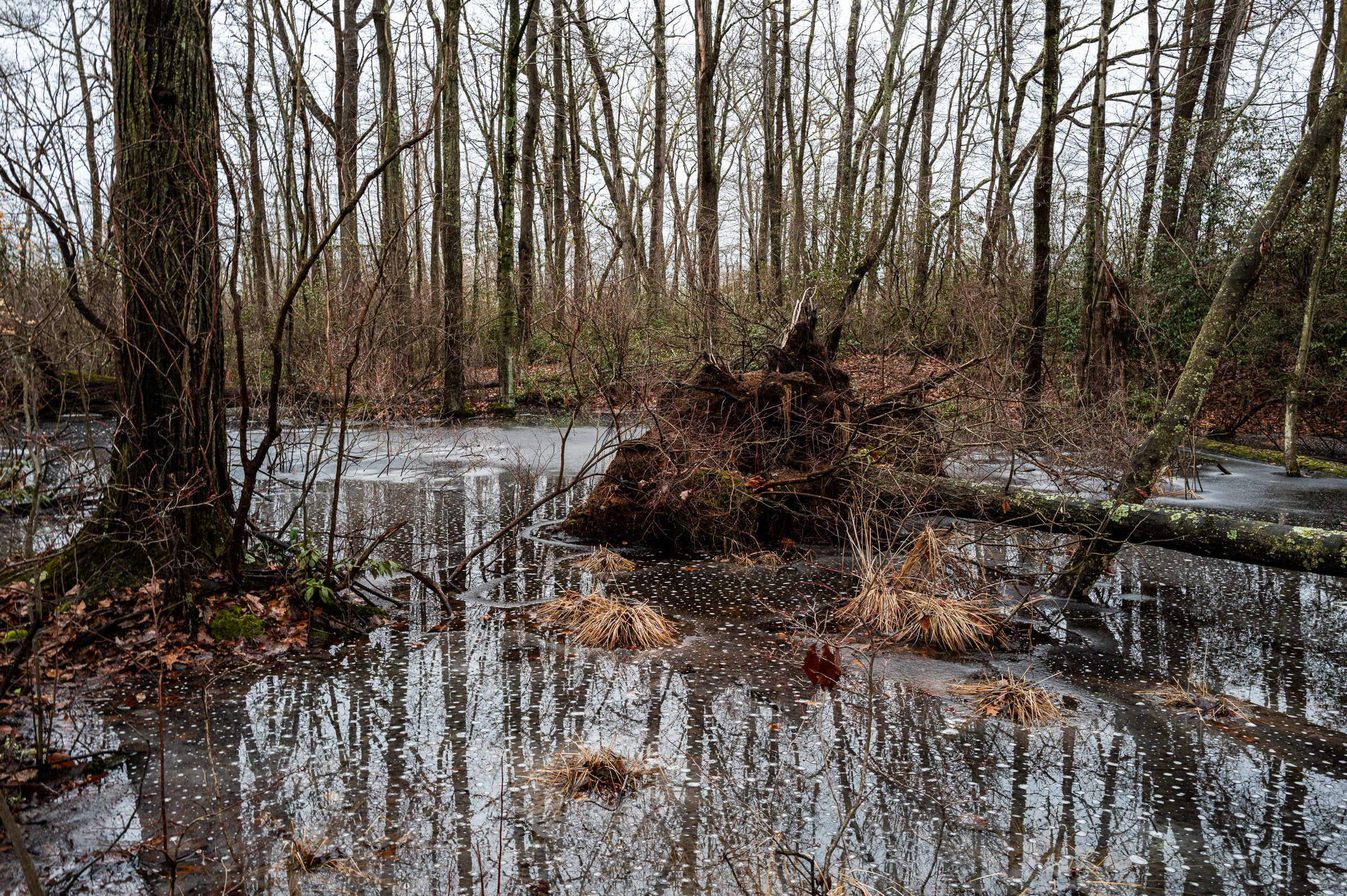
Over in Essex County, we have a few “reservations,” which I guess indicates what they are, bits of leftover land in which things are supposed to make do on their own. Invasive species abound, deer run rampant, and—generally speaking, the county just doesn’t seem to care at all. In contrast, some 35 minutes from my house, we have a healthy natural area with abundant wildlife habitat.
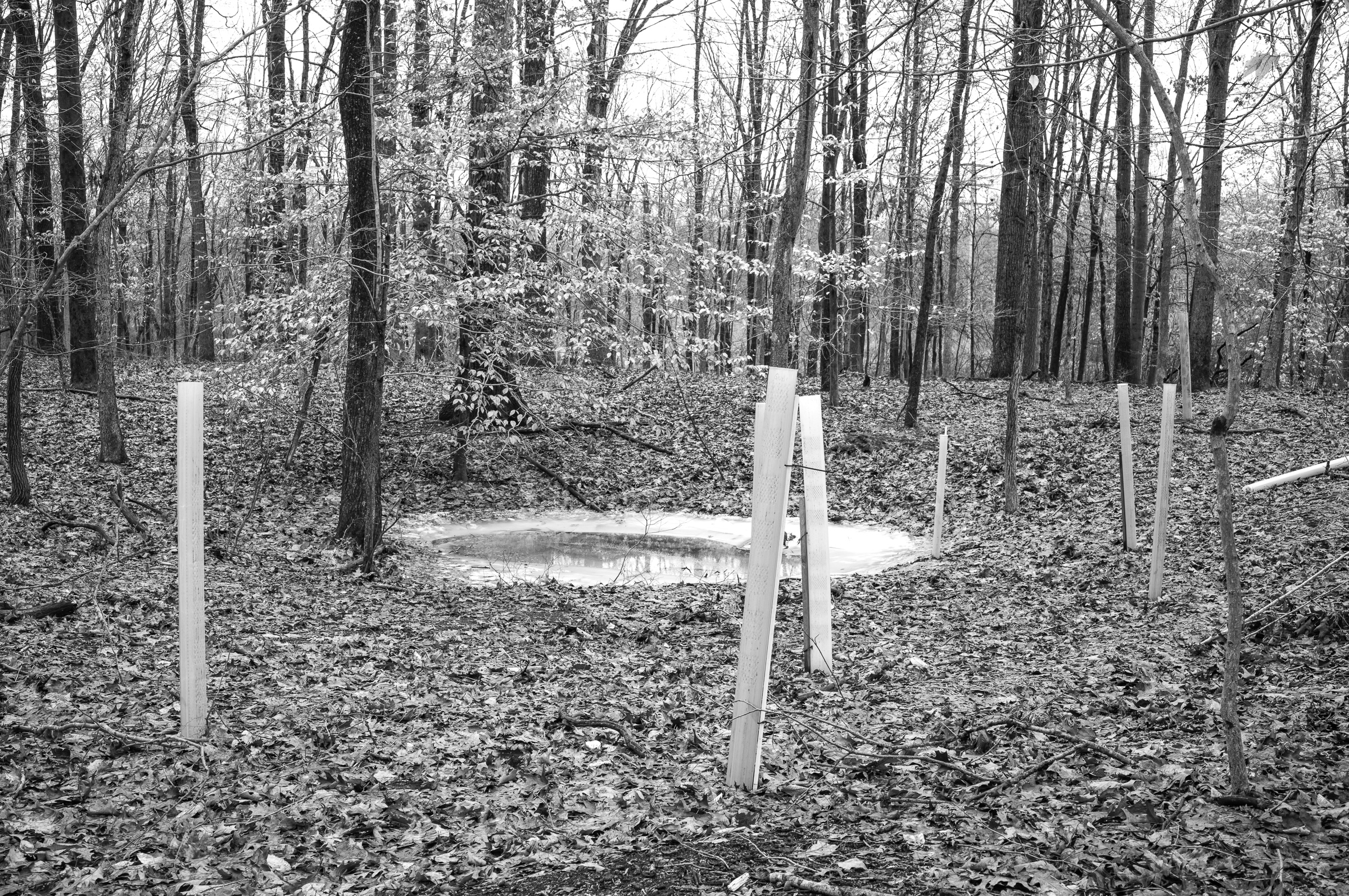
Today it was nearly 70F, which is altogether too hot for March 3, but we took advantage of the warmth, by returning to the Great Swamp. I had the opportunity to bring some different cameras and captured a number of images of the vernal pools on the site.

Vernal pools are seasonally temporary wetlands—”vernal” means spring—that play a significant role in the biodiversity. Confined wetland depressions, vernal pools hold water for at least two consecutive months annually without supporting breeding fish populations, but also dry out thoroughly for at least a few days—long enough to kill any fish. The absence of fish is important because it creates a safe breeding ground for various amphibian species, which are highly sensitive to predation by fish on their eggs and larvae. These unique ecosystems support a rich variety of life, including “obligate” vernal pool breeders such as the Wood Frog, the emperiled Eastern Tiger and Marbled salamanders. These creatures can only reproduce in vernal pools and then depart, spending their life elsewhere.
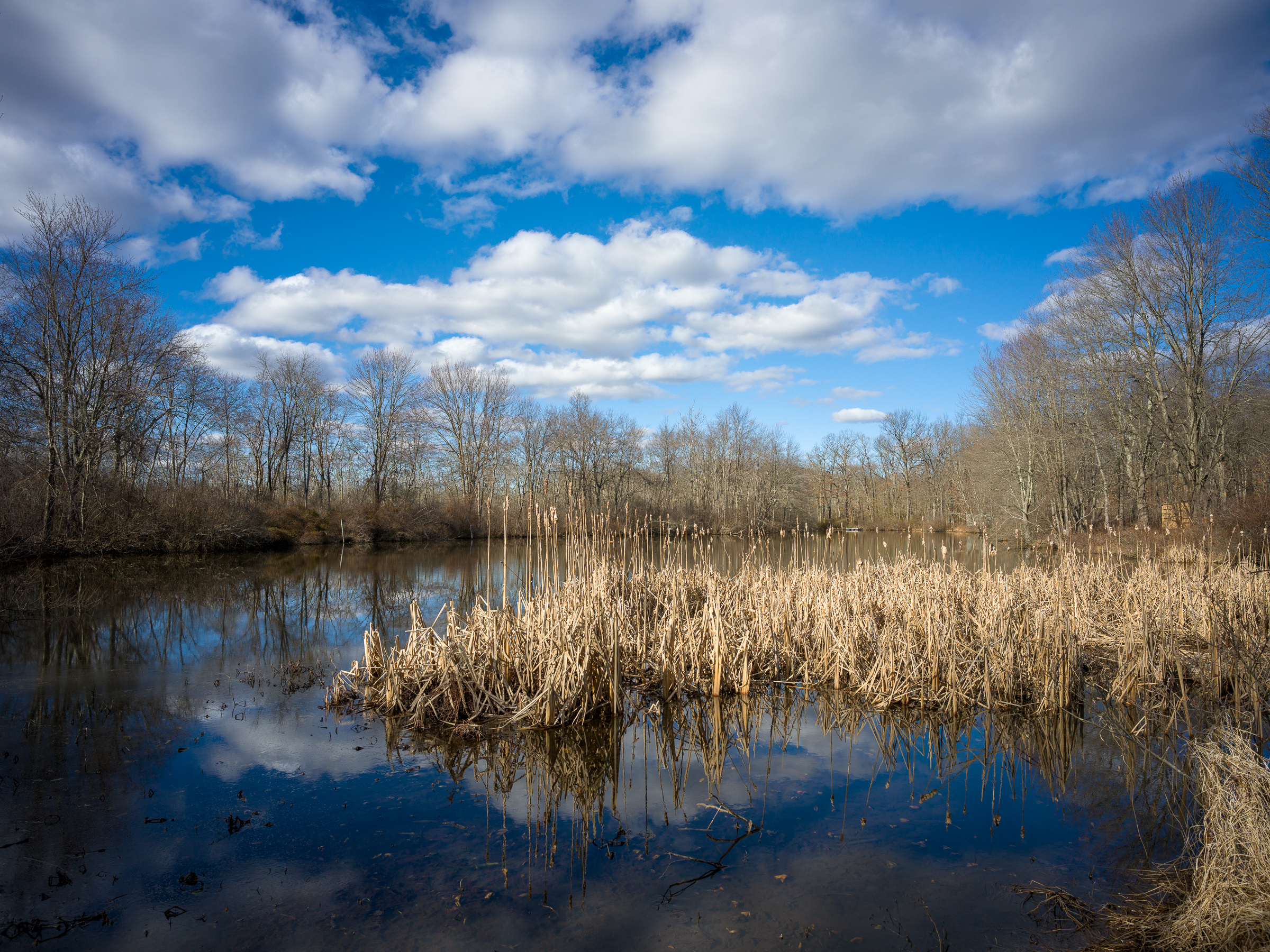
Fish aren’t the only threat, the American bullfrog is a serious threat to other amphibians, although it does not like vernal pools and wants year-round water. Vernal pools are vital for the survival of several reptile species, providing them food in the form of amphibian eggs and larvae, with some species like the wood turtle and spotted turtle being highlighted for their dependence on these habitats. There are also “Facultative” breeders that can reproduce in either vernal pools or permanent pools. Either way, our continued draining and destruction of wetlands is wiping out these creatures’ habitats.
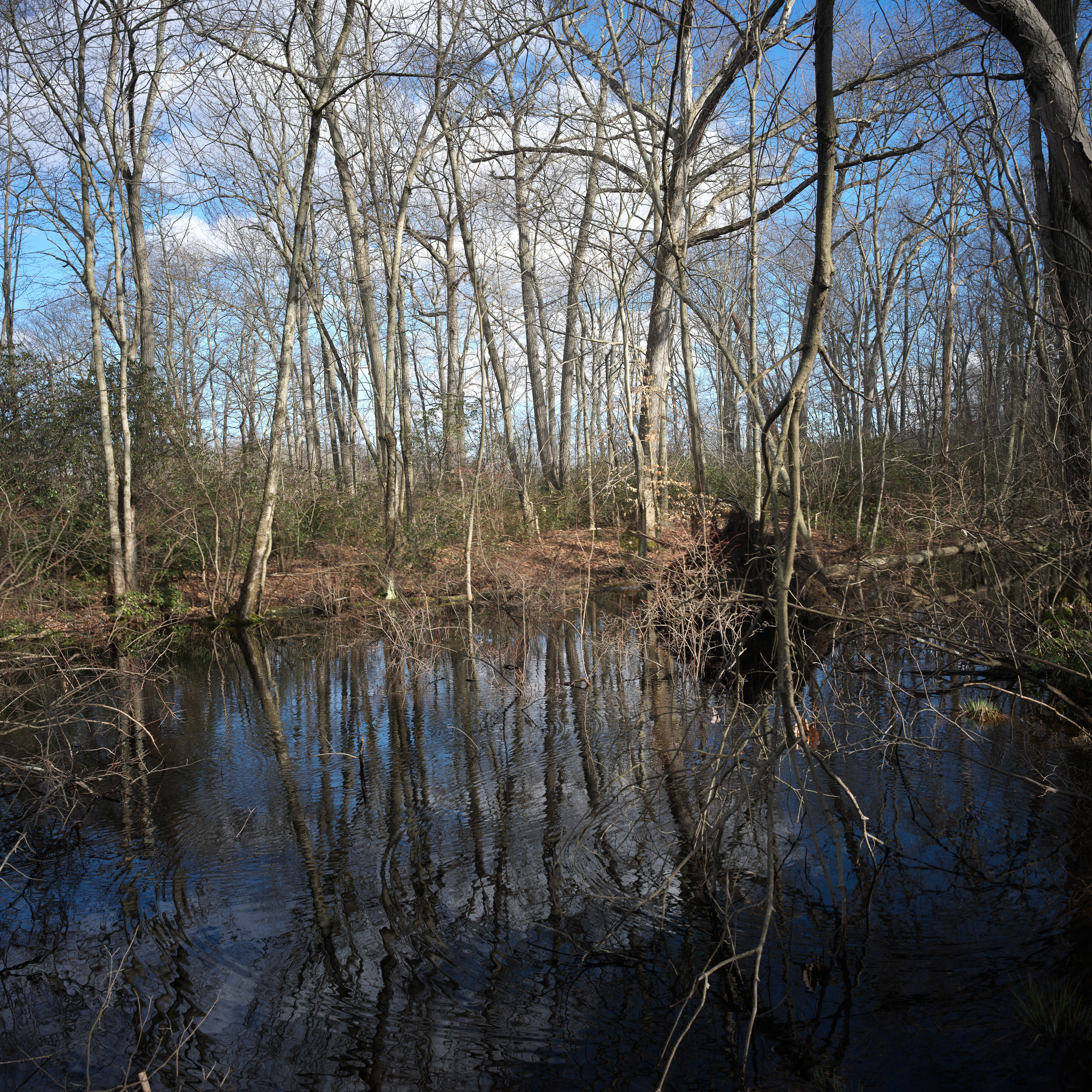
The Conserve Wildlife Foundation of New Jersey emphasizes the critical habitat vernal pools offer for amphibians, reptiles, invertebrates, migratory waterfowl, raptors, and songbirds, with all 18 of New Jersey’s frog species utilizing these pools for breeding purposes. Imagine: vernal pools are home to over five hundred species in our state alone. But, as the Foundation points out, climate change poses a significant threat to vernal pools, as altering hydroperiods—the seasonal cycles of drying and wetting—can severely impact the reproductive success of amphibian species that depend on these habitats. Rising temperatures and changing precipitation patterns can cause pools to dry prematurely or alter their seasonal timing, leading to habitat loss and potential reproductive failure.
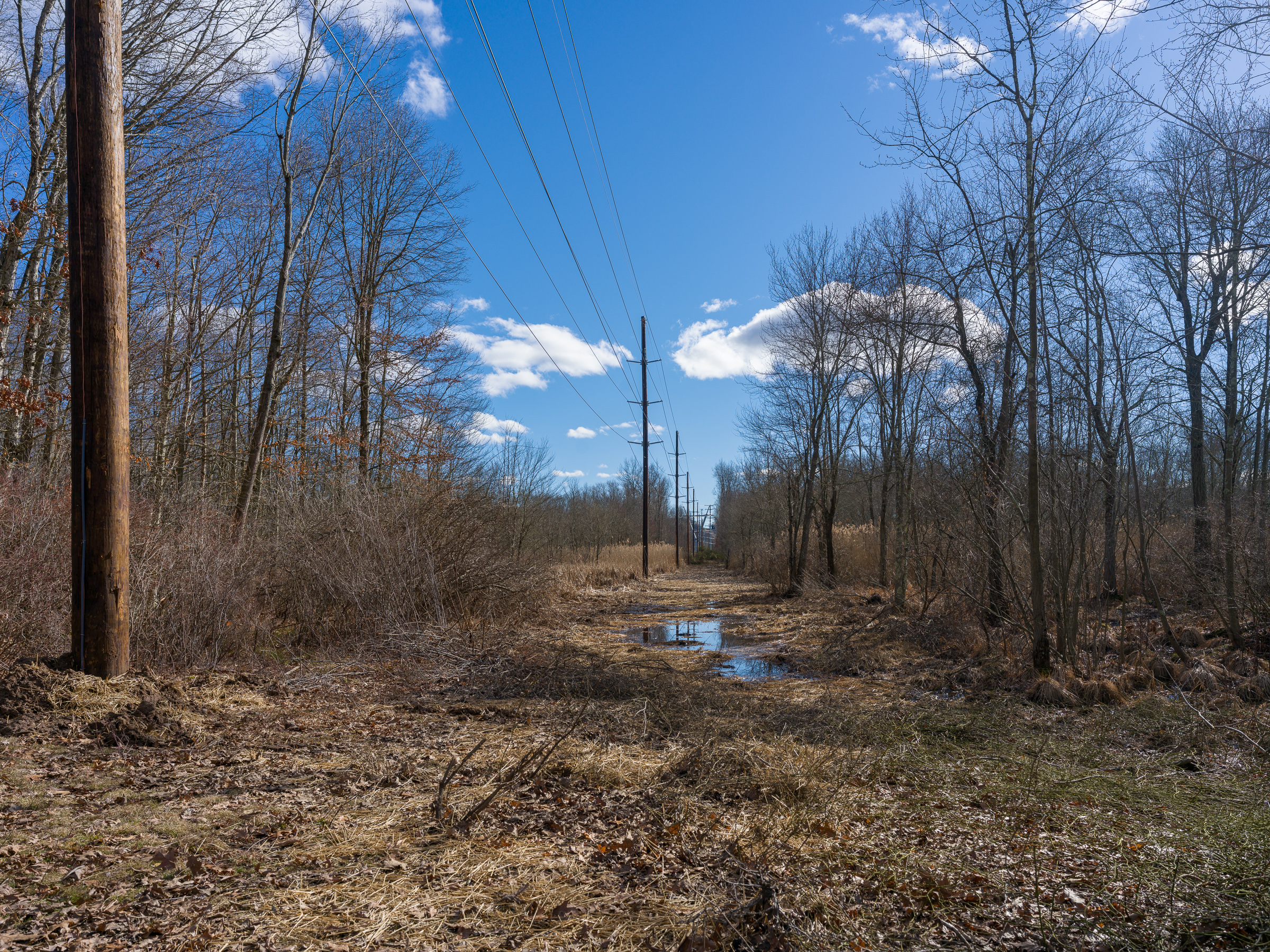
Despite their ecological importance, vernal pools face numerous challenges, including habitat loss due to development, pollution, and the impacts of climate change. Conservation efforts are crucial to protect these unique ecosystems and the diverse species they support. New Jersey has an estimated 3,000 to 5,000 vernal pools, and we should have comprehensive protection and conservation strategies to preserve these vital natural resources, but the reality is they are vanishing fast. Most other states are just as bad.
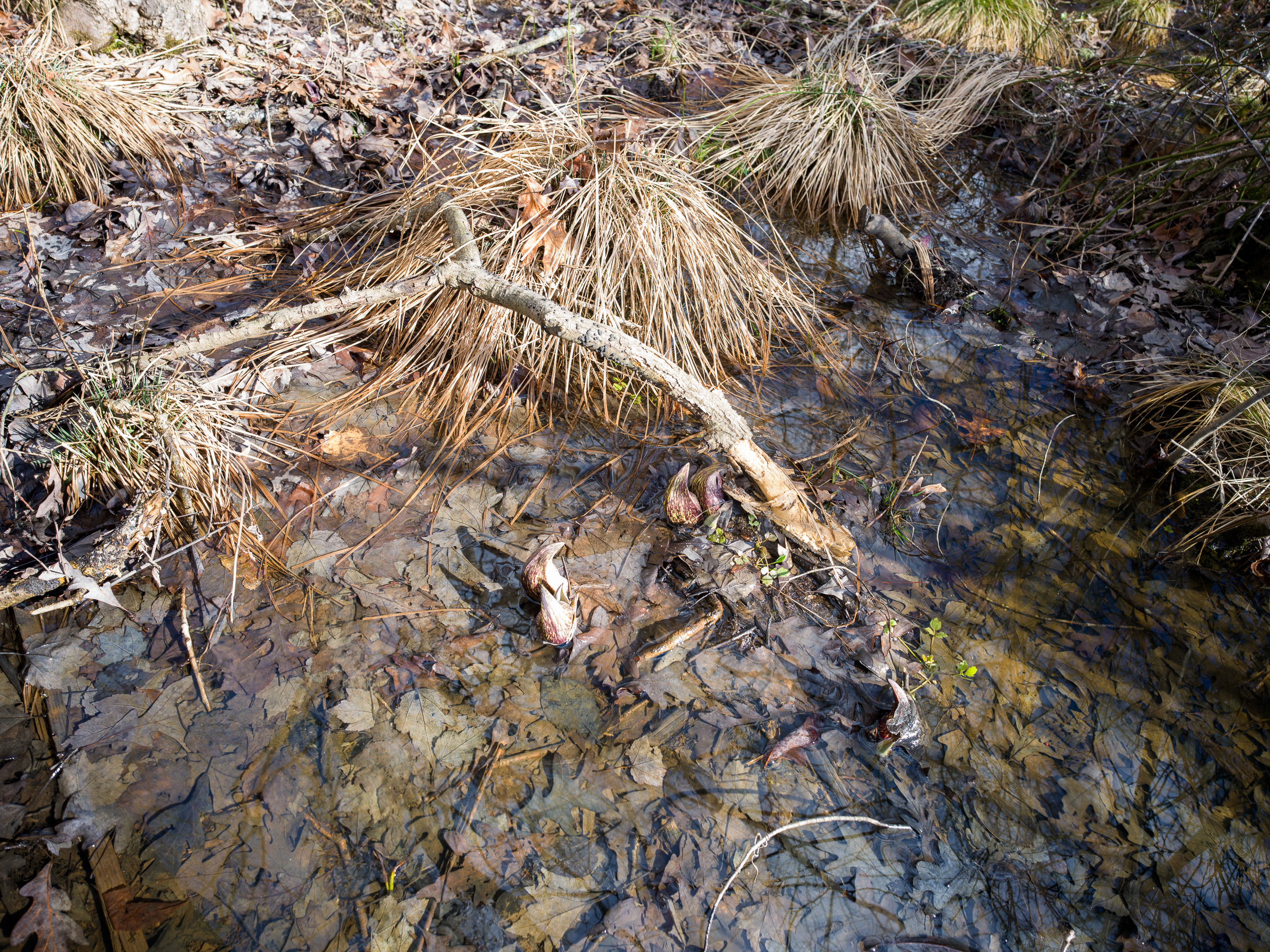
Vernal pools also provide excellent habitat for moisture-loving spring ephemerals, such as Symplocarpus foetidus, the Eastern Skunk Cabbage. What you see in this photograph are the purple and yellow mottled spathes, poking up through the water. The plant’s flower consists of a spathe and spadix, which are characteristic of the Araceae family (which includes Jack-in-the-Pulpit, Wild Calla, and Duckweeds). The spathe is a hood-like structure, varying in color from deep wine-red to maroon, sometimes mottled or streaked with yellow or green. It encloses the spadix, a spike covered in numerous small flowers, which can range in color from pale yellow to dark purple. The skunk cabbage’s flower emits a skunk-like odor (or the scent of decomposing flesh) to attract its primary pollinators, carrion-feeding flies and gnats. This smell, combined with the warmth generated by the plant, can also lure bees, beetles, and other insects. This plant is thermogenic, meaning it can produce heat to melt its way through snow, allowing it to bloom while snow and ice are still present. Never, ever eat the skunk cabbage. Do not even think about putting any in your mouth. I am unwilling to try myself, but as I understand it, after a minute or so, the massive amount of calcium oxalate crystals in the plant cause the sensation of being stabbed by a thousand needles in one’s mouth. After a while, nausea and vomiting starts, which might be a relief after that.
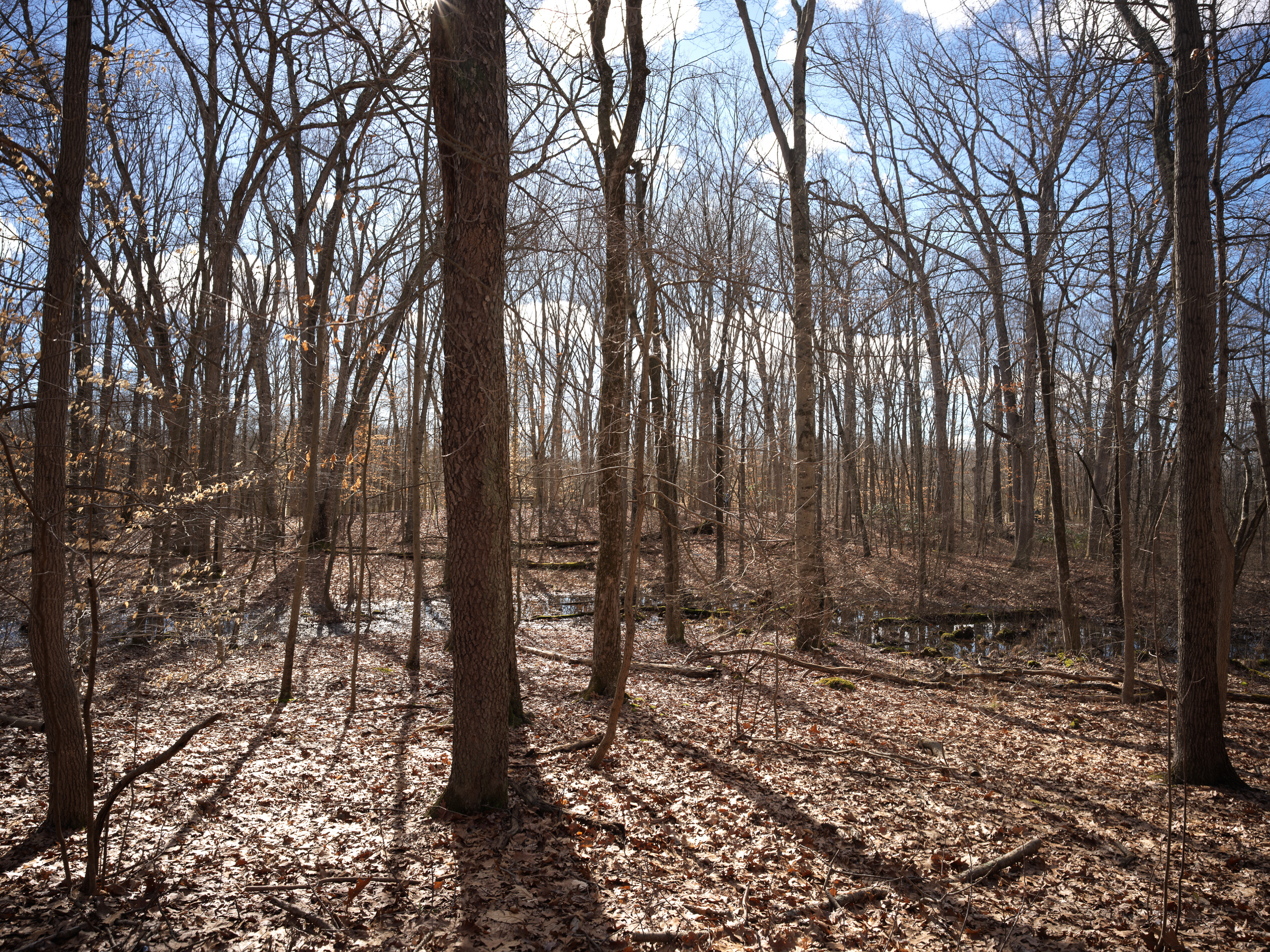
When I was constructing a vestpocket pond in my yard, I thought about making it a vernal pool. I discovered the website and books of Tom Biebighauser, who has restored thousands of wetlands across North America and elsewhere, and called him to discuss the project. Tom soon called back and I was so impressed by his knowledge and you-can-do-it attitude that I asked him to speak for the Native Plant Society of New Jersey‘s webinar series last month (I am now President of NPSNJ, but more on that later). Tom’s presentation was incredible. A highly-experienced restoration ecologist wrote me today and praised it, saying “I know a bit about vernal pools, but he schooled me bigtime. And you could feel his humanity coming through the screen.” At the same time, one doesn’t need any degree whatsoever to listen to Tom’s presentation. When you watch it, and you should, you will want to build vernal pools everywhere (and no, as he explains, they won’t lead to mosquitos).
If, in the end, I did not make it a vernal pool since half of my rooftop drains to that pond so it stays filled year round, but after watching this video, I am now eyeing my property and thinking about where else I can put in a vernal pool, or two, or three. As Tom points out, even a vernal pool the size of a desk can be big enough for amphibians to use for reproduction. I am very much looking forward to hearing the raucous sound of frogs instead of leaf blowers and heavy construction equipment here at Highland House.